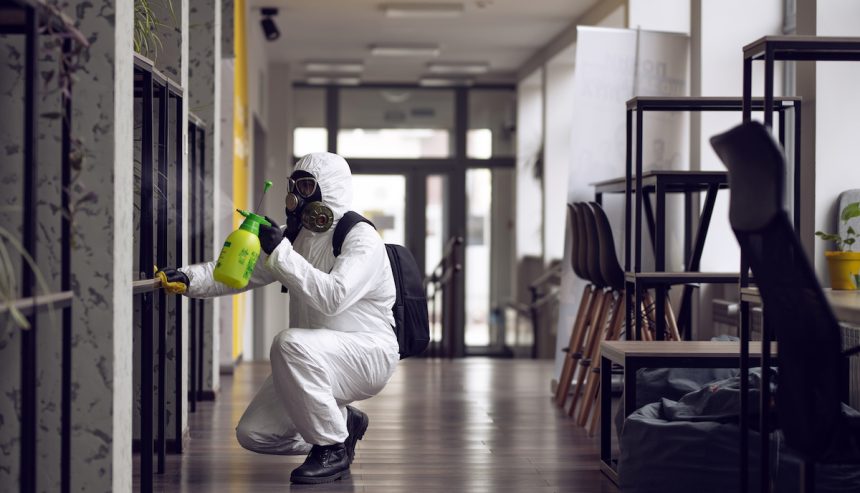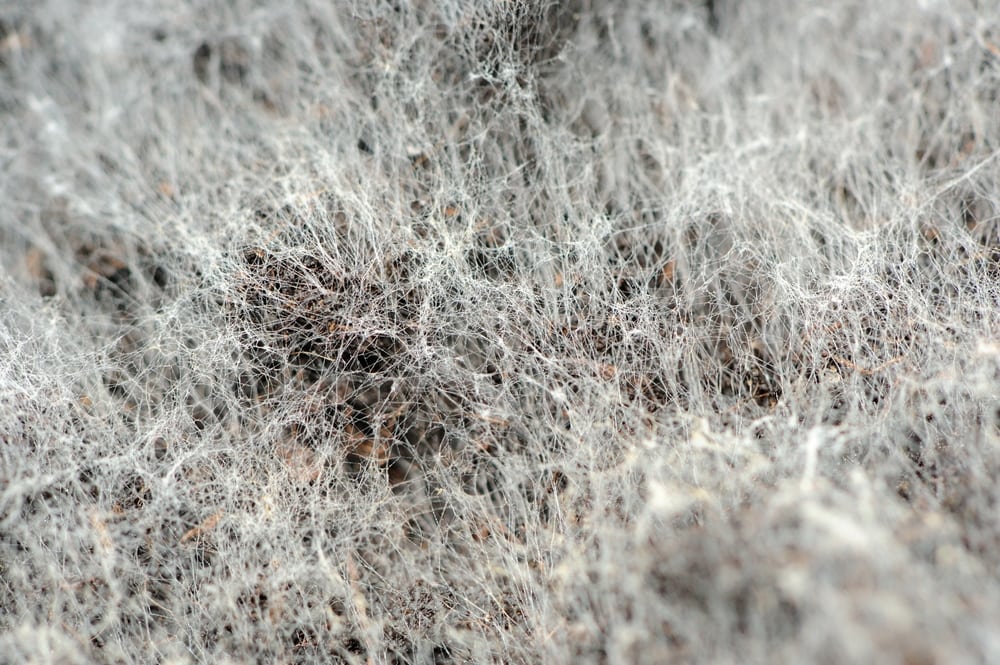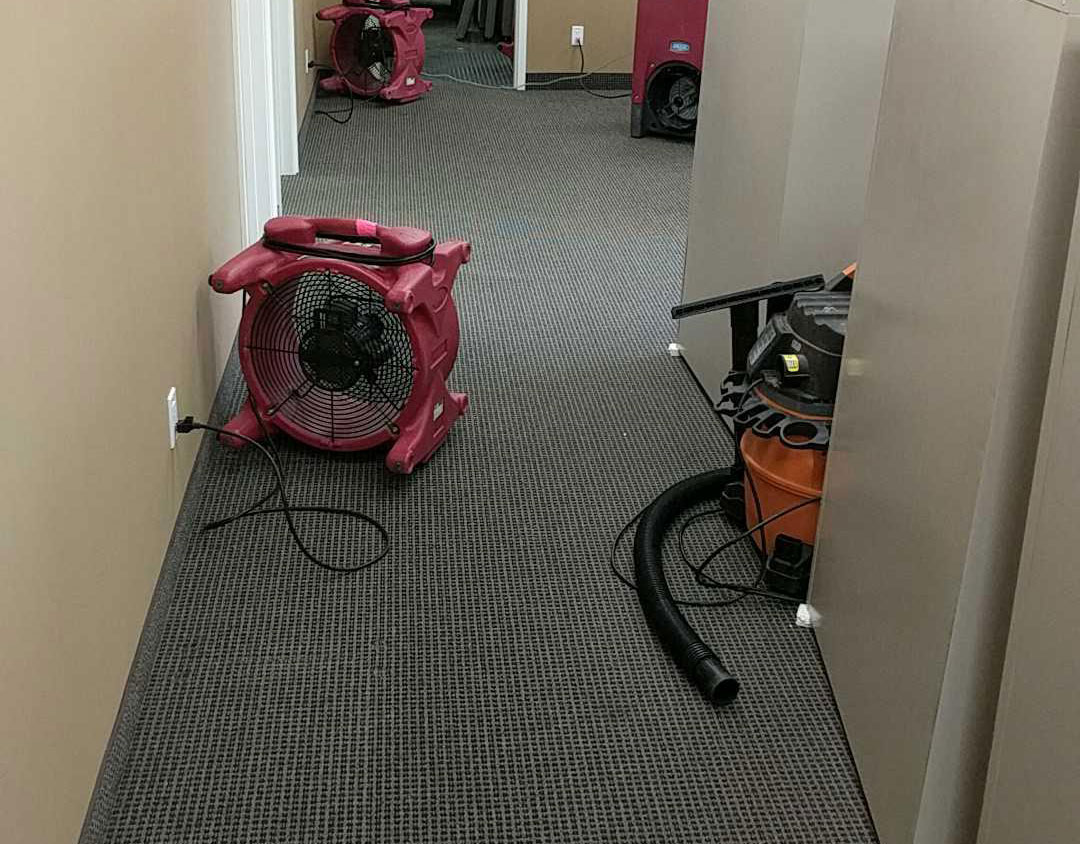
Tackling Large Scale Mold Problems in Commercial Spaces
In the bustling commercial districts of St. Petersburg, Florida, office buildings are central to business activities. However, these structures are not immune to environmental challenges, notably the issue of mold. Mold in office is a very serious problem. Dealing with a large mold job in an office requires a strategic and comprehensive approach to ensure the health and safety of employees, as well as the integrity of the business operations. Here, at PuroClean of Downtown St. Petersburg, we are IICRC licensed professionals that are experts in dealing with mold.
Understanding the Impact of Mold in Office Settings
Mold in office environments can have significant implications. Not only does it pose health risks to employees, ranging from allergic reactions to more serious respiratory issues, but it also can affect the structural integrity of the office building and lead to potential business disruptions.
Identifying the Signs of Mold
Recognizing mold issues early is crucial. Signs include visible mold growth, musty odors, and increased allergy or respiratory issues among staff. In large office spaces, mold can often grow undetected in areas like HVAC systems, behind walls, or above ceiling tiles.
Steps to Handle Large Scale Mold Remediation in Offices
1. Professional Assessment and Identification
- Engage Mold Remediation Experts: For a large mold job, it’s essential to involve professionals who can accurately assess the extent of the problem and develop a plan of action.
- Comprehensive Inspection: Experts will conduct a thorough inspection of the office, including hard-to-reach areas, using tools like moisture meters and thermal imaging.
2. Developing a Remediation Plan
- Tailored Strategies: Based on the assessment, a customized remediation plan should be developed, considering the office’s size, the extent of mold growth, and the type of mold present.
- Employee Safety: The plan must prioritize employee health, potentially including temporary relocation of staff during the remediation process.
3. Containment and Remediation
- Isolating Affected Areas: Proper containment is critical to prevent mold spores from spreading to other parts of the office during the cleanup process.
- Removal and Cleaning: Mold-infested materials should be removed and discarded. Remaining surfaces need to be thoroughly cleaned and disinfected.
- HEPA Filtration: Use HEPA-filtered air scrubbers to capture airborne mold spores and purify the air.
4. Addressing the Source of Moisture
- Fixing Water Issues: Identify and rectify the source of moisture that contributed to the mold problem, be it leaks, condensation, or poor ventilation.
- Moisture Control Strategies: Implement strategies to control moisture levels in the office, such as improving ventilation or using dehumidifiers.
5. Restoration and Prevention
- Restoring the Office Space: Post-remediation, repair and restore the office to its original state, ensuring all materials used are mold-resistant.
- Preventative Measures: Regular maintenance checks, proper ventilation, and humidity control can help prevent future mold growth.
Communication and Management During the Remediation Process
Effective communication is key during the mold remediation process. Keeping employees informed about the situation, the steps being taken, and the expected timeline helps in managing the situation effectively and maintaining business continuity.
1. Employee Communication
- Regular Updates: Keep staff informed about the progress of the remediation and any necessary safety measures or relocation plans.
- Health Information: Provide information on the health risks associated with mold and the measures taken to ensure their safety.
2. Business Continuity Planning
- Remote Work Options: If feasible, arrange for remote work options to minimize disruption to business operations.
- Phased Approach: If the office cannot be entirely vacated, consider a phased remediation approach to allow parts of the office to remain operational.
Conclusion: Ensuring a Safe and Healthy Office Environment
Dealing with mold in office settings, especially on a large scale, requires careful planning, professional expertise, and effective management. By addressing mold issues comprehensively and proactively, businesses can ensure the health and safety of their employees and the smooth operation of their office environments.
For expert assistance in handling large scale mold problems in office environments, contact PuroClean of Downtown St. Petersburg here. Our team of professionals is equipped to assess, remediate, and prevent mold issues, ensuring a safe and healthy workplace for your employees.




 PuroClean of Downtown St. Petersburg
PuroClean of Downtown St. Petersburg